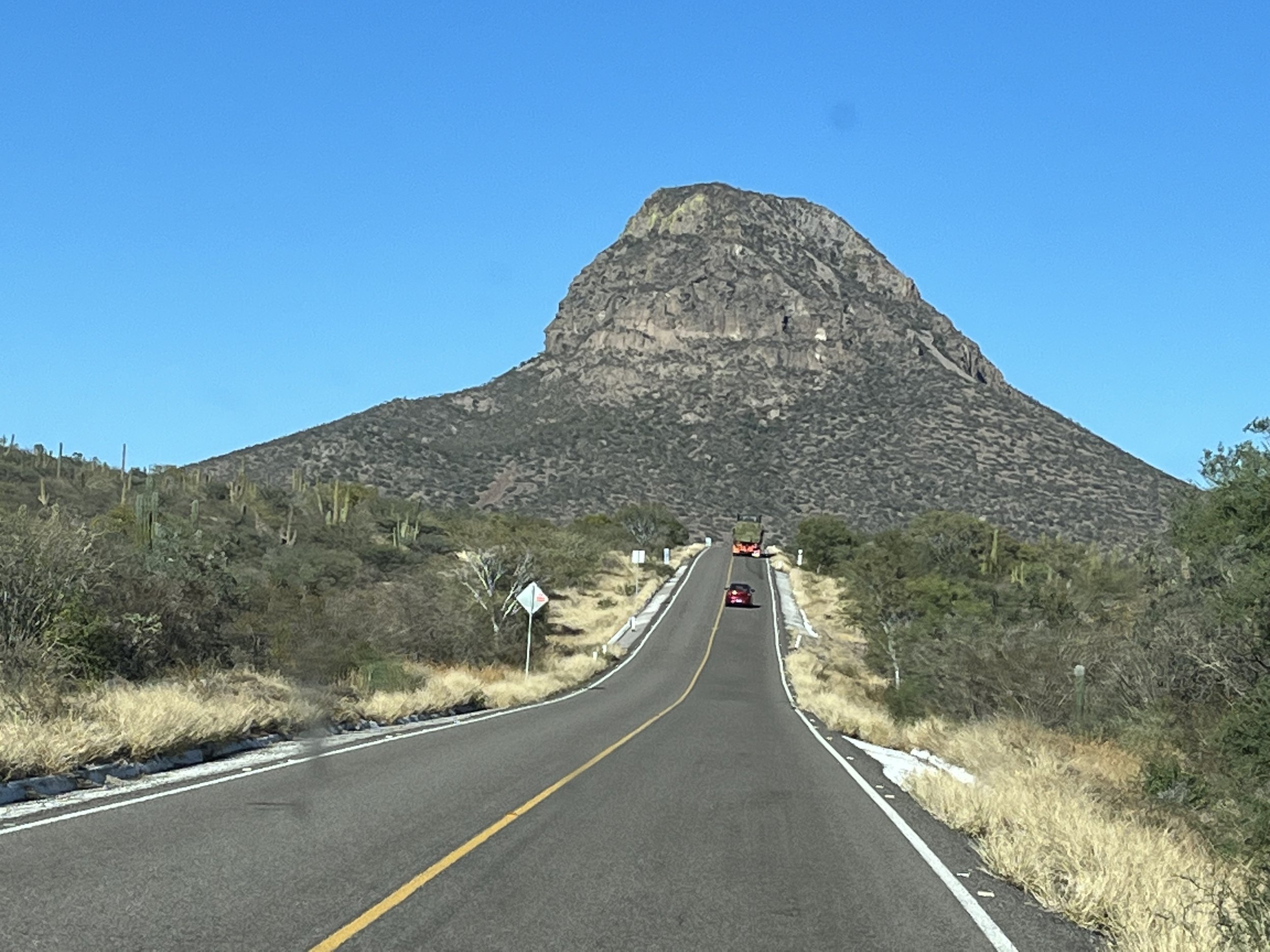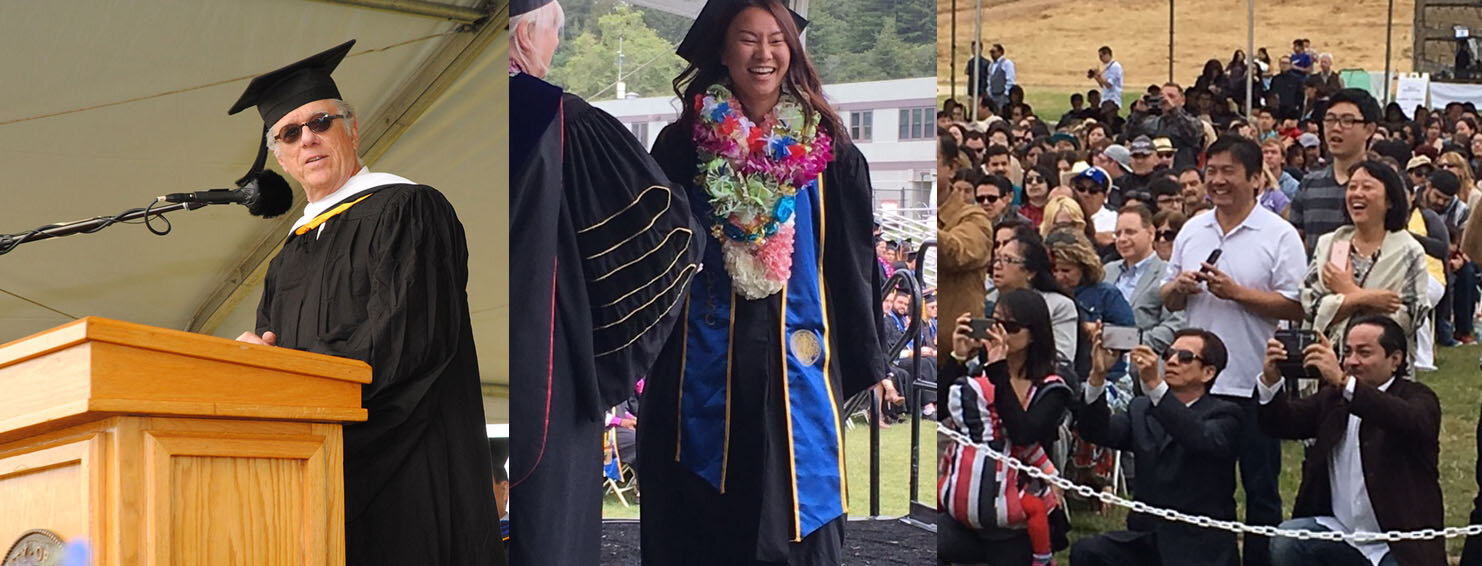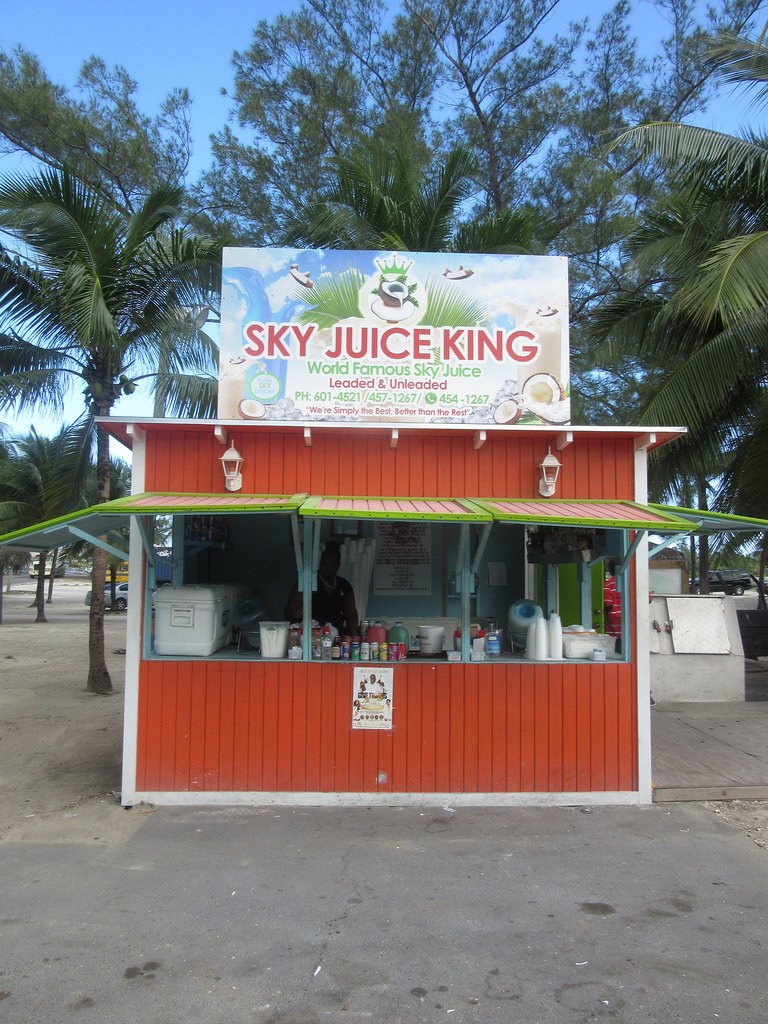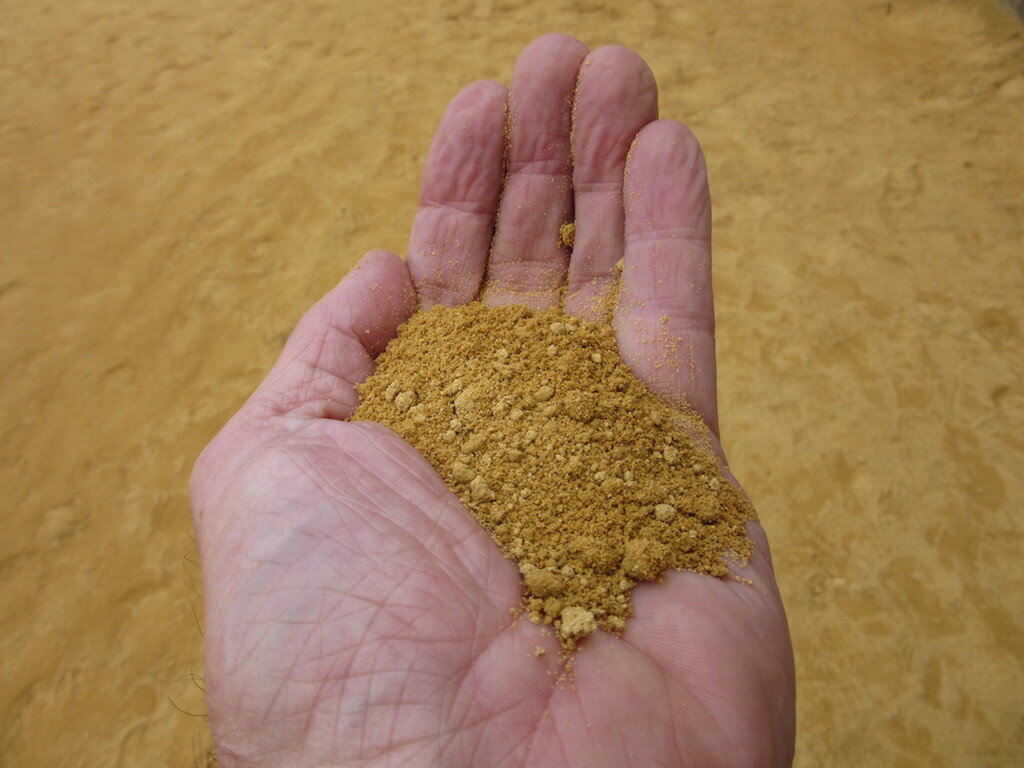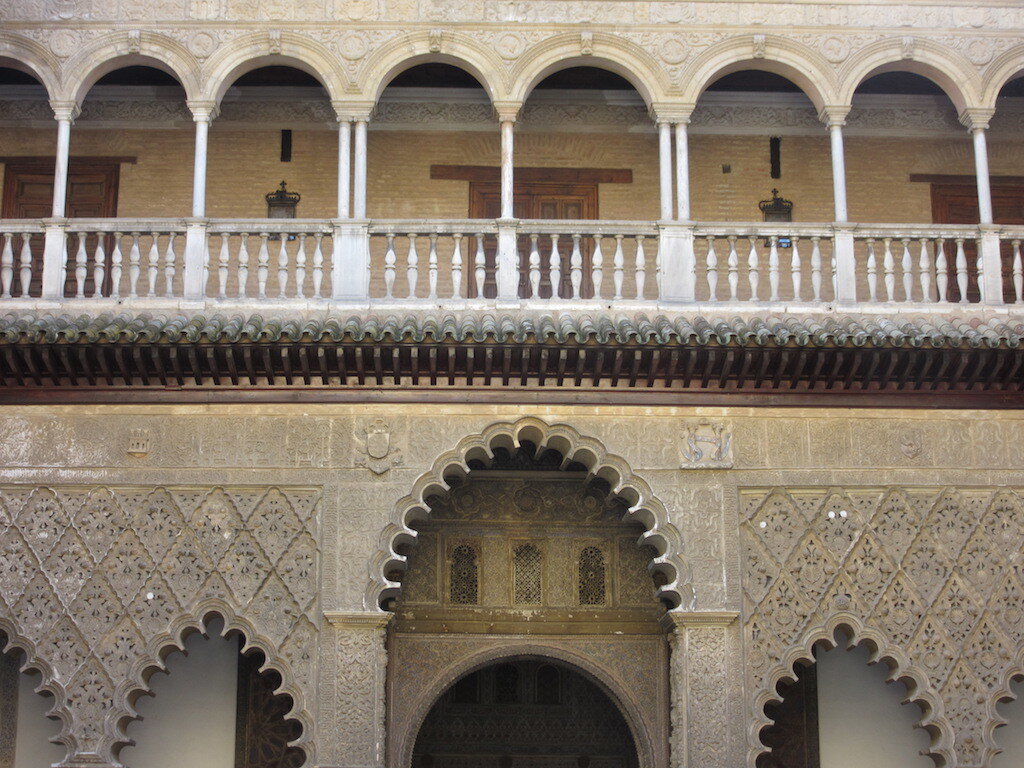It’s damned hard to be optimistic these days. Many of the progressive movements that shaped our values in the 20th century are being degraded and subordinated to a revengeful political agenda. Where do we go to find a new narrative—an inspiring form of protest? One action we will take is to spotlight and support designers who are asking us to look at the world through a new lens. Designer/artist Dario Calmese is one superb example. We’ve been working with Dario for a couple years through our Studio 50/50 project, and we recently visited his Studio 001 in Manhattan.
I ended up in Krakow, Poland quite by chance last October when my train trip to Warsaw from Vienna was aborted at the last minute due to a Covid situation. I had never visited Poland and knew little about Krakow really, nor did any of my friends. But I gleaned online that Krakow was a historic gem of a central European city, similar to Prague in that it had neither been bombed during WWII nor overrun by modern car infrastructure. My two-day blitz visit was particularly intense, provocative, and especially relevant on the eve of our election.
I was recently asked to give a commemorative talk about a California designer, Kipp Stewart (1928–2022). I recalled him only vaguely from the ‘90s as a teak furniture designer whose work they carried at Summit. Googling Stewart revealed no Wiki page and very little written about him online, but there was a wide range of images of his work, mostly from the ‘50s and ‘60s. The breadth and understated elegance of his designs inspired me to do more digging.
The Maine winter had convinced a couple of friends to join me on my quest to find my ‘95 Toyota 4 Runner which was residing somewhere in Todos Santos, a small coastal town way down the Baja Peninsula. The car had been sheltering in place with Santiago, a Mexican architect pal, since the pandemic curtain had come down on all things travel. He loved the car and wanted to buy it, so he was understandably a bit disappointed when I told him I had promised the car to my goddaughter as a college graduation present (if she could make it through Princeton, she could learn to drive a stick shift, I hoped). Santiago had agreed to get the car tuned and prepped at my expense before we arrived.
Oaxaca Reset
Mexico was calling. I needed a reset from my daily life and routines at home. A favorite younger friend had died recently out of the blue and a peer had been diagnosed with early onset Alzheimers. I had just ripped a rotator cuff and been whacked with some painful knee issues – all doses of reality/mortality that, I can’t help but notice, are becoming increasingly common. Beth and John, two close pals, needed a break from the Maine winter. A week of culinary and beach indulgence with friends on the Oaxacan coast followed by a thousand mile drive back to California from the southern tip of Baja seemed like a good idea.
Eating Alone
In early December, after a week of fast-paced travel with four friends, I found myself alone on a Friday night in Mexico City. It’s exhilarating to travel with close friends, friends with shared interests and humor, and we had had a grand time. But when traveling in a group, one has to abide by group decisions, follow a plan, show up on time, etc. So it was a bit of a relief to have an unstructured day and night to myself just to horse around my La Condessa ‘hood with no group agenda.
A year ago I reached out seeking advice and connections as to how I might realistically get involved in the battle against systemic racism in the US. Before then I was certainly not unaware of pervasive racism, but the George Floyd murder and the impact of Black Lives Matter movement brought it (once again) to the front pages and to the front of my mind (where it has remained). I received a ton of valuable feedback and reacquainted myself with a number of friends. Thanks.
“Friendship is the hardest thing in the world to explain. It’s not something you learn in school. But if you haven’t learned the meaning of friendship, you really haven’t learned anything.” — Muhammad Ali
In September a couple of years ago the four of us were motoring around the southeast coast of Mallorca. Our boat, Sol, is a traditional wood-framed fishing boat - a llaüt - hand built from the island’s local materials in the mid 20th century. She stands out as unique character in the Portocristo Harbor where she resides. Most of the other residents are sailboats and power boats built for recreation.
Rob Forbes | 09-15-2020
I haven’t posted anything on Studio Forbes for two years. But current events have motivated me to write and hopefully take some action. I have an idea for a new venture, and I need to recruit people outside my immediate circle to make it a reality. You might be able to help me out, so please read on.
What disturbs me personally: The increasing gap in wealth between the rich and poor. It makes me reflect on our economic inequity rather than appreciate my own well-being. Amazon seems to be swallowing us all and riding herd over our local stores. I don’t like shopping with them, though I do it in a pinch. The monopoly power of Apple makes me question them as a design–led firm and what design means to most people today. The tsunami of branding firms in the Bay Area seems driven by the conspicuous consumption of a group already overstuffed with goods. This makes me challenge my own career as a marketing guy selling stuff. I have been less fixated on (though properly distressed by) other critical issues like our political nightmare and climate change, but I feel less complicit in creating those disasters, and less skilled at helping to clean them up.
Those issues were festering with me before the pandemic hit, before social distancing forced the closing of local shops, hotels and eateries and tossed so many of my friends out of work. This was before the specter of evictions, capsized careers, ruined livelihoods, deaths, and loss of healthcare devastated so many. Then the George Floyd killing with its haunting video sparked public outcry internationally, and The Black Lives Matter movement focused the world on the persistent issues of systemic racism in the US. They clarified the fact that police brutality, like the pandemic, is not spread equally across our population. Black and other disadvantaged communities are disproportionately punished, and we are all complicit in this reality. Conversely, the pandemic has delivered more wealth and power to those who need it least, and the disparity between haves and have-nots has become even more extreme. Check out the real estate boom in tony suburbs since March when the virus hit. Or check out Apple’s or Amazon’s stock price if you need an easy data point.
My Kind of Activists
It may seem odd timing to be writing this delayed note on the deaths of these two people. Two months have gone by, and maybe there is not too much I can say that has not already been said about the lives and work of these two food and culture icons. But here goes.Bourdain was a CNN journalist and celebrity – a household name, and cool enough to eat Vietnamese café food with Barack Obama. His series Parts Unknown broke from the standard reality food TV series formula. He just received multiple posthumous Emmy’s for his work this week. If you don’t know Bourdain the writer, his Kitchen Confidential is a five star introduction.
At last: the long overdue Studio Forbes update is upon us (not that anyone has been asking). It’s been a curious and transitional six months for me, but now I hope to get back to some writing.
PUBLIC Bikes Update: We Like Mikes
PUBLIC Bikes was acquired by San Francisco’s Mike’s Bikes. Ken Martin manages Mike’s, and he has built one of the most impressive bike organizations in the US – twelve stores, a thriving online business, and a philanthropic arm. So please send your friends (and yourself) to Mike’s to buy a PUBLIC bike, get a tune-up, or for anything else bike-related. Check out their story in the video here and you’ll see why we feel honored to have Mikes lead PUBLIC into the future.
I just returned from a trip to Paris, the first in almost ten years. I went especially to see how their city bike system – the Velib – was holding up. The Velib launched in 2007 as the first major City Bike program in Europe, and quickly became an example for other cities to follow. It was very inspirational in my decision to start PUBLIC bikes. The Velib city bikes today, ten years later, are clean, ubiquitous, well maintained, and ridden by all ages in an ever-expanding network of bike lanes. It is the largest city bike system outside China. One of the nicest details is their neutral palette which allows the bikes to blend in to the urban background. (When in Paris you want to look at the architecture, fashion, and people, not the bikes.)
I was invited, and honored, to give this year’s commencement speech in June at the University of California at Santa Cruz, my alma mater. Preparing the talk got me to think seriously about what mattered to me in my twenties and what matters to me today. I took the speaking assignment seriously enough to write down the speech.
Trying to be relevant to undergraduates, most of whom were neither design nor liberal arts majors was unfamiliar ground, so I focused on issues that would be relevant to anyone confronting the working world for the first time. This came down to two issues: first, finding a passion worth pursuing (Falling in Love) and second, not putting up with bad bosses (Avoiding Dickheads).
What do a Sweet Potato and a Museum have in common?
(And a project that could use your help).
Back in October I went to see Frank Gehry interviewed for SF City Arts and Lectures. Gehry is 86, provocative, eloquent, quirky, and refreshingly vulnerable. He addressed issues of public criticism towards his work and admitted consternation over the fact that while his pal Renzo Piano has had twenty-five museum commissions he has had only one. Another of his peeves is that he has never been commissioned to do any buildings in San Francisco. After the interview I ate at an amazing new restaurant, Cala in the same neighborhood. With Gehry’s words and his work still swirling around in my head, I had a lot to chew on.
Most of us don’t get to Nassau. It’s mostly a destination port for cruise ships and a layover spot for fisherman and travelers headed to secluded beach resorts. I’m guessing than no one has ever gone there for a study of good design. But I ended up doing just that, by accident. I was in Nassau for a morning and walked up the shore checking out a stretch of rambling colorful wood framed beach kiosks that lead up to a food destination known as Fish Fry (the place you want to eat if you ever find yourself in Nassau.)
I recently visited the historic bull-fighting ring in Ronda, Spain. It’s more a modernist shrine than a sporting arena. It got me musing about the design of sports stadiums, in general, their elements of barbarism and beauty going back to the Roman Coliseum with its gladiator battles and the Greek Olympic games. The drama and fighting going on today over the proposed Zaha Hadid Olympic stadium in Japan is a less bloody conflict, but equally contentious. Ditto for the violence created in Brazil recently, where the World Cup drew millions of people to the streets and prevented new stadium designs from being considered. In my backyard in San Francisco conflicts over a new Warriors basketball stadium on the Bay are deemed New York Times worthy.
“Indeed, you could say that Koren has spearheaded the design equivalent of the slow food movement.” -The New York Times
There is a new book out by author Leonard Koren. His first book was Wabi-Sabi for Artists, Designers, Poets & Philosophers, a best-seller from 1994, a classic, which was updated in 2008. It’s about “the beauty of things imperfect, impermanent, and incomplete, a beauty of things modest and humble, and a beauty of things unconventional” in Koren’s words. But any summary descriptors are wholly inadequate. Here are a few snippets from the 77 reviews online:
I was recently in Andalusia, Spain spending a lot of time in Sevilla (and posting images on Instagram). This region deserves as much, as it has a rich and unique design, and a visual history that dates back to the 8th century when the Moors decided to set up shop there. They brought with them advancements in medicine, technology, arts, and many of our cultural basics like coffee, sugar, paper, and coinage.
Modern Andalusia specialties range from ubiquitous super high-speed internet (renders our US services laughable), the cleanest public bathrooms I have experienced, tasty pata negra from pigs fed mostly on acorns, commitment to public art and civic amenities despite a dreadful economy and lots more to muse on and write about beyond tapas and flamenco. But because I am a ceramics and patterns geek my photo library contains more shots of tile work than anything else from this trip.
My book See For Yourself is coming out this year—right now actually—and this spurred me to give my Studio Forbes website a remodel and re-launch. Voilà. I’ve organized my images into categories that help me make sense and find order in the world, categories that are highly personal and subjective. Personal obsessions like Stripes, studies of signature elements of cities, e.g. House Numbers in San Francisco, surveys of broad categories like Doors, and numerous other indulgences.
Just before Thanksgiving I opened a big green box that had been sitting in my storage room for years unmolested. I thought it held Christmas tree ornaments. What I found instead were over thirty “champagne chair” studies from a contest we had done maybe ten years ago at DWR. After the contest, these three-dozen chairs were featured in a show with Barcelona-based Vincon run by our close pal Fernando Amat.



